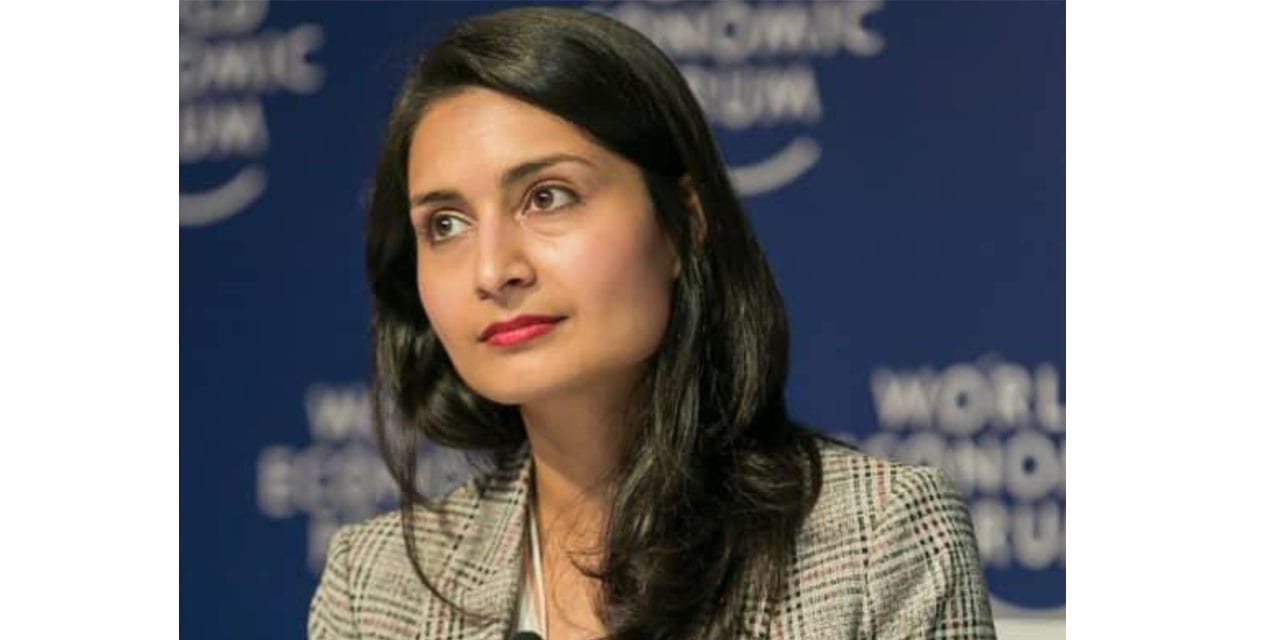Tujoromajo Kasuto
The World Economic Forum’s Global Gender Gap Report 2022, has revealed that Namibia currently ranked 8th, is one of two countries in the Top 10 facing a reversal in overall performance following a significant COVID hit.
Despite the country being one of only three states on the continent ranked in the top 10 across the overall score, the report observes that after continued positive progress since 2006, the country dropped two places in the ranking and slightly reopened its overall gender gap, reaching a score of 0.807 compared to 0.809 in 2021.
But, Namibia’s performance on the Health and Survival sub-index has remained unchanged since 2014.
According to the report, ‘’Namibia reported lower levels of parity in three indicators than in 2021: women’s labour-force participation (-0.014), wage equality (-0.017), and estimated earned income (-0.005).’’
Despite having achieved parity at all levels of education and a high literacy score (0.998), Namibia’s ranking on the Educational Attainment sub index has not improved since falling short of parity in 2016.
The only change observed in the Political Empowerment sub index in 2022 was a slight decrease in the gender gap score for women in ministerial positions (-0.001).
Globally, Iceland remains the world’s most gender-equal country, followed by Finland, Norway, New Zealand and Sweden.
The report notes with a widening gender gap in the labour force, the cost of living crisis is expected to hit women the hardest and COVID-19 set gender parity back by a generation and a weak recovery isn’t compensating for it
‘’After a big COVID hit, the gender gap hasn’t bounced back and as the global economy enters its third year of continued disruption, it will take another 132 years (compared to 136 in 2021) to close the gender gap,’’ it reads.
The report suggests that of the 146 economies surveyed, just one in five has managed to close the gender gap by at least 1% in the past year. As a result, while gains have been made in the past year, they have reduced the time it will take to reach gender parity by only four years. This progress does little to offset the setback of an entire generation recorded in 2020-2021 at the start of the pandemic.
“The cost of living crisis is impacting women disproportionately after the shock of labour market losses during the pandemic and the continued inadequacy of care infrastructure. In face of a weak recovery, government and business must make two sets of efforts: targeted policies to support women’s return to the workforce and women’s talent development in the industries of the future. Otherwise, we risk eroding the gains of the last decades permanently and losing out on the future economic returns of diversity,” says Saadia Zahidi, Managing Director at the World Economic Forum.
The Global Gender Gap Report, now in its 16th year, assesses the evolution of gender-based disparities in four areas: economic participation and opportunity, educational attainment, health and survival, and political empowerment.
It also looks at how recent global shocks have impacted the growing gender gap crisis in the labour market.
‘’Across the 146 countries covered in 2022, the gender gap in health and survival has shrunk by 95.8 percent, educational attainment has shrunk by 94.4 percent, economic participation and opportunity has shrunk by 60.3 percent, and political empowerment has shrunk by 22 percent,’’ the report reveals.
Additionally, it states that the economic participation and opportunity sub-index increased by 1.6 percent between 2021 and 2022, owing primarily to gains for women in professional and technical roles and a decrease in the wage gap, even as gender gaps in the labour force increased.




